Turning Central Banks' digital strategies into action with ATOME technology
Background
Call for transformation
With advancements in technology significantly impacting the way global financial markets operate, Central Banks were primed to seize the moment. For central banks, having a broad remit to supervise or regulate a number of sectors, including banks and insurers – means providing regulatory frameworks that support the soundness and fast-changing realities. Increasingly exploring the data and digitisation opportunities, Central Banks are aiming to create an enabling environment so digital technologies can thrive and regulated financial sectors can reap the benefits of innovation.
This is especially true for developing economies still facing wide gaps in financial inclusion. On the other hand, central banks’ primary statutory mandate is to safeguard financial stability and to protect customers of financial services.
Adopting a more data-driven approach and focusing on the wide use of digital technologies in both prudential and integrity supervision, central banks are prioritising the collection, management, analysis and quality of data. Digitising the supervisory reporting and regulatory processes is stepping in as an essential prerequisite of turning risk and financial institutions’ compliance monitoring from a backward-looking into a predictive process.
Supervisory reporting is getting digitised:
Central Banks take a lead
Reimagining economic growth within its supervised jurisdiction, the Central Bank of one of the Group of Twenty (G20) member countries aims to create a favorable environment for new businesses expanding beyond its borders and for bold innovations, with a focus on leveraging Fintech, Regtech, and Suptech initiatives.
Following this mindset and implementing its digital transformation roadmap, the Central Bank teamed up with BR-AG to proceed with standardising the definitions and common data understanding across multiple areas such as banking supervision, insurance supervision and statistics. This was achieved by building a single data dictionary as a part of their digital transformation roadmap.
Such a single data dictionary, representing the classification or hierarchy of data into categories and sub-categories, was aimed to bring unified data understanding and enable to digitise the reporting requirements and regulatory change management. This approach opens the way for more interoperability of data, better data quality and automation, as well as more trusted and transparent data views that power supervisory functions and decision-making.
Moreover, by aligning these steps with the overall strategy, the Regulator aims to improve the communication with their stakeholders and reach enhanced coordination of policy making.
Project
A leap forward
To support the Bank’s objectives, according to a well-designed roadmap, following the enterprise data strategy, stakeholder engagement and long-term capability building, the project needed to include not only the taxonomy work itself but also the analyses of the technology ecosystem and data collaboration with other supervisors in given jurisdiction.
With these in mind, the BR-AG team proposed a data modelling approach, taxonomy management and collaboration platform and a capability-building program to address the data needs of prudential and statistics authorities.
The approach followed enables ultimately more digitised communication with the regulated firms, which can only be effective if both sides speak the same language and the gaps in information understanding, often referred to as ‘information asymmetries’, are bridged. The data taxonomy developed may ultimately serve as a common language not only for analysts but also for the data systems, in reporting, storage and analytics.
The proposed data dictionary serves as a structured representation of the data requested by the Regulator to be reported by the banks and insurance firms, identifying all the business concepts, data quality and business validation rules. The methodology used for modelling the taxonomy is the Data Point Model (DPM) methodology – a data-centric method, recognised as ISO 5116 standard, the designing and development of which has been made possible with the extensive contribution of our tech experts. This methodology is used for identifying each reportable piece of information among supervisory reporting requirements. It constitutes one of the milestones in describing the supervisory data sets and establishing new rules for the collection, processing, verification, analysis, storage and dissemination of information by competent authorities.
Now, thanks to an established hierarchy within a set of digitised data definitions, a better understanding of the relations between more than 600 000 data points and dictionary terms is delivered.
Maintaining and regularly updating the model according to change, we assist the Client in making sure that whenever there is a change in reporting obligations or new requirements are inserted – they are well aligned with the existing definitions and hierarchies.
Outcomes
Scaling the success
Thanks to the standardised data approach, the taxonomy itself and alignments with its other projects, the Regulator ensured the reporting will follow a unified and consistent understanding of data requirements, avoiding unnecessary data overlaps and duplicates.
When shared with the industry, a single data dictionary allows reporting institutions to properly understand the various terms to report on, meeting their prudential and statistical reporting requirements, without unnecessary interpretation of data requests causing the risk of errors and gaps.
On the Regulator’s side easy-to-navigate categorization of the data maximize data usage and automation internally to reduce the unwanted ROT (redundant, obsolete, or trivial) data.

One platform, endless opportunities
Moreover, now confidently adapting to the growing volume and complexity of regulatory updates, the Regulator takes full advantage from the efficient change management enabled by the ATOME tool. A simplified process of capturing and managing regulatory changes allows proactively track and identify their impacts and amend data requirements accordingly when it is needed.
Going beyond the limits
The Regulator managed to even level up the usage of the ATOME Platform. Now, using the manner applied to change management, it will be much easier for the regulator to extend a standardised data approach to other datasets, for example, related to anti-money-laundering (AML) programs and sustainability factors.
Being a collaborative and multidimensional metadata platform, the ATOME tool helped the Regulator to get multiple teams to access, manage, use the data, as well as work on policies, common definitions, dictionaries, rules and models in a synergised way.
When it comes to the collaboration
‘Breaking the barriers’ between teams, especially under the harsh Covid-19 Pandemic circumstances and remote working modes, ATOME enabled cloud-based seamless collaboration between our advisors and Regulator’s modellers, while simultaneously managing the different roles and permissions in the project – ranging from Data Architects to many Reviewers. Harnessing the power of a cloud-based management platform, the external and internal collaborators were allowed to constantly exchange comments and collaborate as the taxonomy was being developed to make sure that the data requirements of the Regulator are correctly and comprehensively reflected in the model.
The reviewed versions of the data models can be seamlessly exported to Excel, XBRL, SQL, JSON formats in mere minutes and integrated within the IT environment via Application Programming Interface (API).
Related products: ATOME Matter and ATOME Particles
Whether supervisory authorities seek a full-scale digital transformation of the statistical, supervisory and financial reporting or looking to refine related operations, we combine innovative solutions with the right technology to help them establish trust and see beyond change.
Find out more about how we can deliver the change you aspire:
Central Bank, a member of the European System of Central Banks (ESCB), automates and optimizes supervisory data management with the ATOME Platform
Seeking the digital transformation to deliver the needed connectedness, clarity, and automation of data, the other Central Bank, a member of the European System of Central Banks (ESCB), has also enlisted our support to automate and optimize supervisory data management.
This entails ensuring a flexible, collaborative, and integrated working environment with synergies across the Bank’s teams, systems, and data. At the same time, it means responding to the deficiencies in the risk management and control frameworks of financial institutions (FIs).


